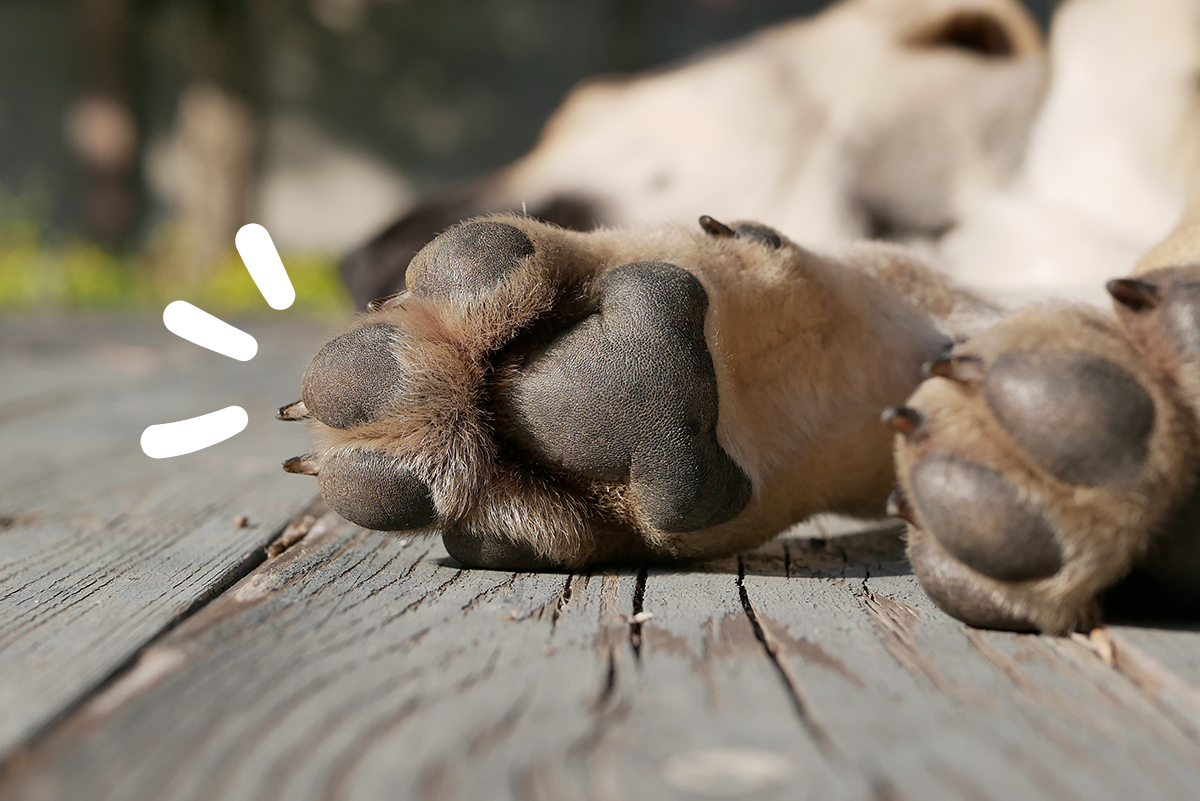
Prepare your furry friend for high temperatures
With the arrival of summer, our furry friends enjoy the sun and outdoor adventures. However, high temperatures and
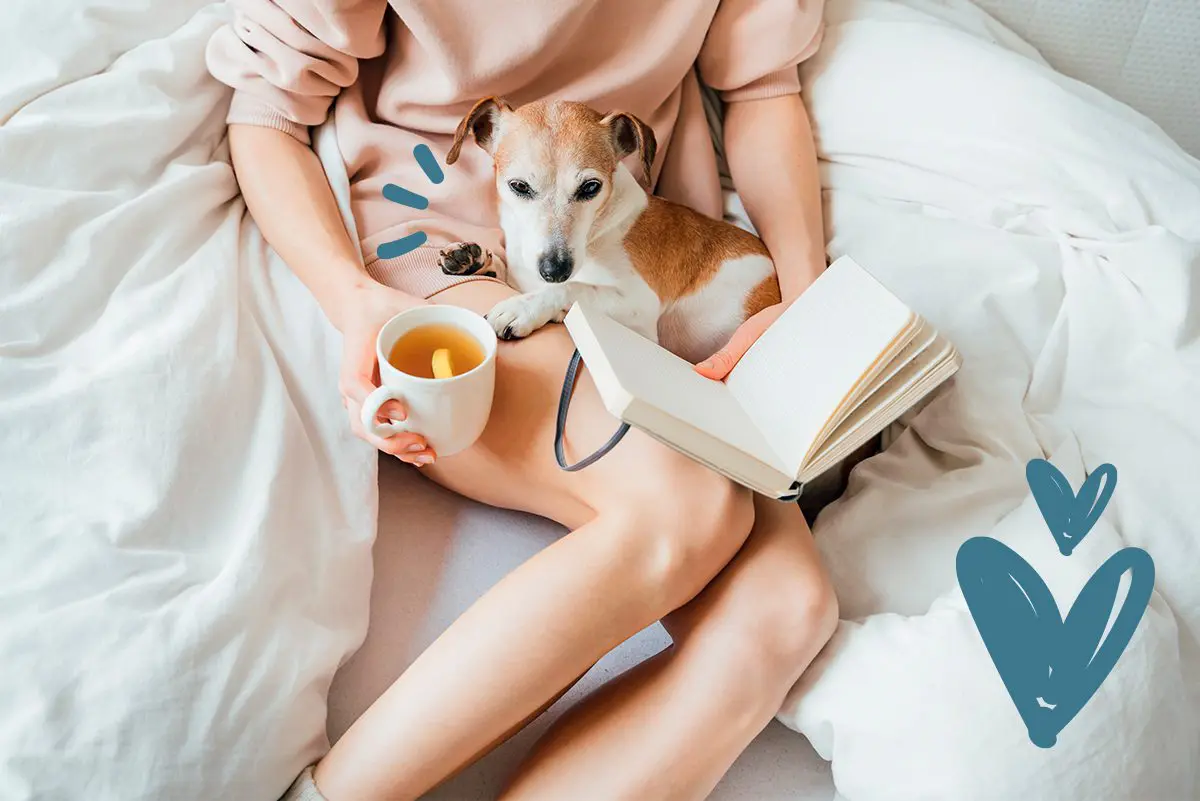
There are moments in our pets’ lives when they need to adapt to new schedules and routines. Whether it’s returning from vacation, changing jobs, or simply wanting to establish a more structured routine, it’s important to consider some tips to ease this change and help your dog get back into the routine, adapting in the best possible way and avoiding separation anxiety. In this post, we will discuss the best tips for a smooth transition into fall.
Returning to the routine can be a stressful time for both humans and our pets. After a summer full of activities and free time, it’s essential to help our dogs readjust to the daily routine. Here are some tips to make this transition as smooth as possible.
First and foremost, it’s crucial to establish a daily routine for your dog. This includes regular schedules for meals, walks, and playtime. Dogs are creatures of habit, so having structure in their day will provide them with security and tranquility. Try to maintain the same schedules you had during the summer and ensure you stick to them.
Additionally, it’s important to provide enough physical and mental exercise. During the summer, you may have had more time to take your dog for walks or play outdoors. Now that you’re back to work or studying, make sure to dedicate at least an hour a day to exercise with your pet. This will not only help release accumulated energy but also keep them mentally stimulated.

Lastly, remember to give your dog plenty of love and attention during this transition. It can be challenging for them to understand why things have suddenly changed, so show them extra affection and patience. Dedicate quality time each day to play with them or simply snuggle together on the couch. This will make them feel loved and help them adapt more easily to the new routine.
In summary, returning to the routine can be a challenge for our pets, but with a bit of planning and patience, we can make it a smooth transition. Establishing a daily routine, providing adequate physical and mental exercise, and giving them plenty of love and attention are key to helping your dog readjust to everyday life. Remember that your pet’s well-being is crucial, so spare no effort to make this transition positive for both of you.
During the transition back to the routine, dogs may experience some changes in their behavior. These changes can vary depending on each dog, but it’s important to be attentive to them to provide the support and care they need.

It’s important to remember that each dog is unique and may react differently to changes in their environment. Some dogs may be more emotionally sensitive and require extra attention during this transition. If you notice that your dog is struggling to adapt, it’s advisable to consult with a veterinarian or professional trainer for additional guidance. They can assess your pet’s specific situation and provide personalized advice to help overcome any challenges during this period.
In addition to behavior, it’s also important to pay attention to other aspects of your dog’s daily life during this transition. For example, ensure a regular routine regarding feeding and walking times. Dogs are highly routine animals and appreciate having structure in their lives. Maintaining a consistent routine will provide them with security and emotional stability.
It’s also recommended to ensure that your dog gets enough physical and mental exercise, as this can help reduce stress and anxiety. Consider activities such as scavenger hunts, long walks, or even enrolling them in obedience classes to keep their minds busy and stimulated.
To ensure a smooth and stress-free transition for our pets when preparing to return to the daily routine, it’s important to make gradual changes in their routine days before. Animals are creatures of habit, so suddenly altering their environment and schedules can cause anxiety and confusion. An effective way to avoid this is to gradually adjust their feeding, walking, and playtime schedules. For example, if you normally feed them at 8:00 AM and 6:00 PM, you can start changing these times in 15-minute intervals each day until you reach the desired new schedule. This gives them time to adapt and prevents abrupt changes that could affect their well-being.
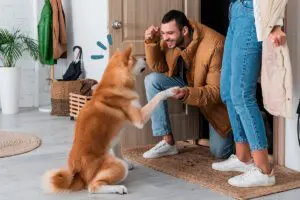
In addition to the gradual adjustment of schedules, it’s also important to prepare the environment for our pets’ return to the routine. If they have been enjoying more outdoor time during the holidays, we may need to gradually limit their access to the yard or garden. Start by reducing the time they spend outside each day until they become accustomed to spending more time indoors.
It’s also advisable to provide them with interactive toys or puzzles to keep them entertained during longer periods without human supervision. This will help prevent boredom and destructive behavior while they are alone at home.
Following these tips will help maintain the well-being and happiness of our furry companions during this transitional period.
The importance of environmental enrichment in the adaptation process lies in providing our pets with a stimulating and suitable environment for their physical and mental well-being. Environmental enrichment involves offering them sensory, social, and cognitive diversity to satisfy their natural needs. A key aspect of environmental enrichment is providing interactive toys that pique their curiosity and allow them to engage in mental and physical activities.
These toys can include puzzles, food dispensers, or balls filled with MAIKAI treats. Additionally, it’s important to offer them different textures and materials to explore, such as artificial grass mats, logs, or boxes filled with sand. This gives them the opportunity to investigate and stimulate their senses.
Another relevant aspect of environmental enrichment is encouraging social interaction with other pets or people. Organizing group walks or visits to dog parks can help our pets socialize again and establish bonds with other animals. We can also dedicate daily time to play with them, whether using interactive toys or simply interacting through cuddles and active games.
Remember that each pet is unique, and it’s important to tailor environmental enrichment to their individual needs.
Separation anxiety in dogs and cats is a common problem that affects many pets. It involves the fear and anxiety they feel when left alone or separated from their owners. Symptoms can vary, but they generally include destructive behaviors, excessive vocalization, inappropriate elimination, and restlessness. It’s important to understand that this anxiety is not a whim of our pets but a natural response to the absence of their loved ones. Therefore, it’s crucial to provide support and seek solutions to help them feel safer and calmer when alone.
Animals may experience separation anxiety when their owners return to work or school after the holidays. To help them overcome it, it’s advisable to make a gradual transition back to the normal daily routine. Start by leaving them alone for short periods and gradually increase the duration. You can also offer them interactive toys or leave something with your familiar scent to make them feel more secure in your absence.
In summary, returning to the routine with our pets after the holidays may require some planning and patience. Establishing regular schedules, providing emotional attention, and ensuring they receive enough exercise are some key measures to ensure their well-being during this transitional period.
Changing your pet’s diet is also something your dog needs to get used to. If we switch our dog’s diet abruptly, they may experience changes in digestion and bowel movements. It’s important to transition gradually to avoid stomach problems. A dog may take 1 to 2 weeks to adjust to a new food. If you notice any concerning symptoms, consult a veterinarian.
It’s important to know that a puppy generally starts to obey around 2 months of age. However, the training process may take time and patience to achieve consistent results. Establishing a routine and using positive reinforcement during training are crucial to promote obedient behavior in the puppy, especially for times when they have to be alone at home.
Training them from a young age is important. Use short phrases and reward them when they obey. You can also use a leash or harness to keep them in place. Patience and consistency are key in this training process.
The time change can affect dogs by disrupting their daily routine. It can cause imbalances in their internal clock and affect their behavior, appetite, and sleep. It’s important to gradually adapt their feeding and walking schedules to minimize any negative impact on their well-being.
To help your dog relax, it’s important to provide a calm and secure environment. You can create a comfortable space for them with a soft bed or pillow. Additionally, ensure they get enough physical and mental exercise every day. You can also consider relaxation techniques such as gentle massages or soothing music. Always remember to have patience and love for your pet.
And you, what tips do you follow after returning from vacation to help your pet adjust to the routine?
Share this article if you enjoyed it and help us spread these tips to make the return to the routine easier and happier for both us and our beloved pets.

With the arrival of summer, our furry friends enjoy the sun and outdoor adventures. However, high temperatures and
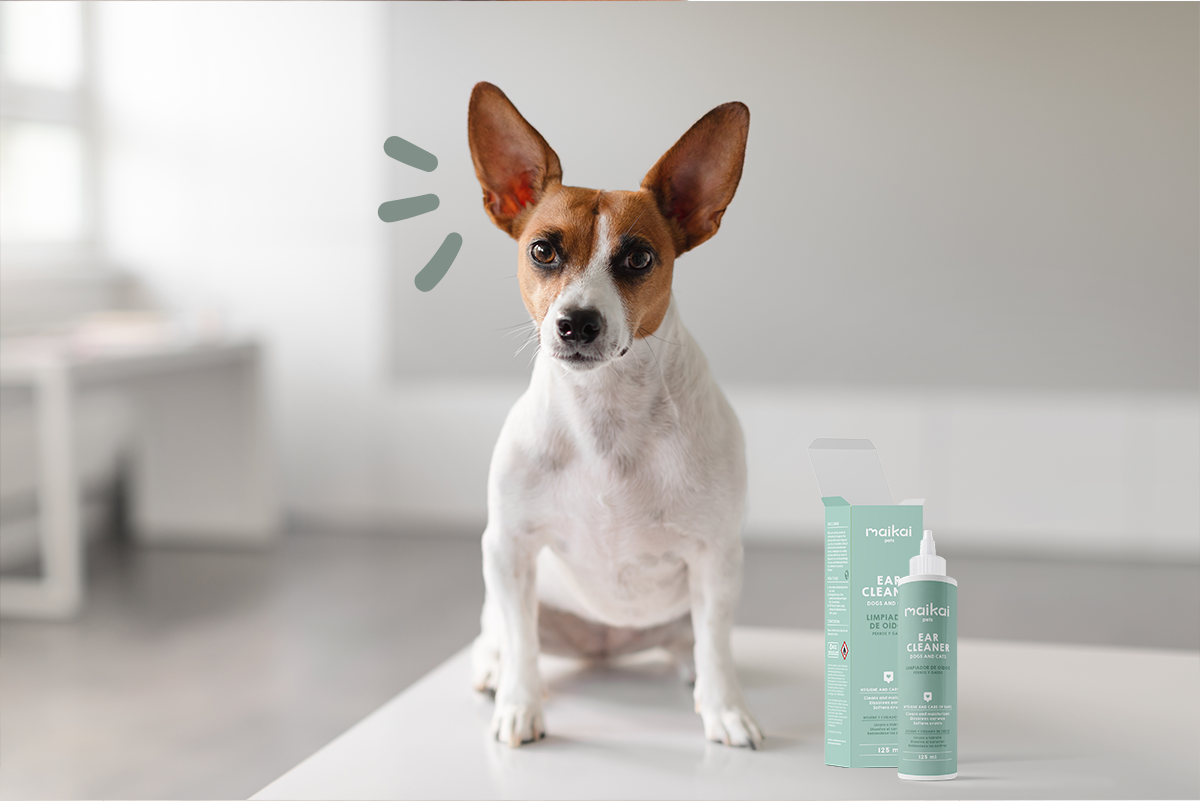
At this time of year, ears can become a nuisance for furry friends, especially when they get lodged
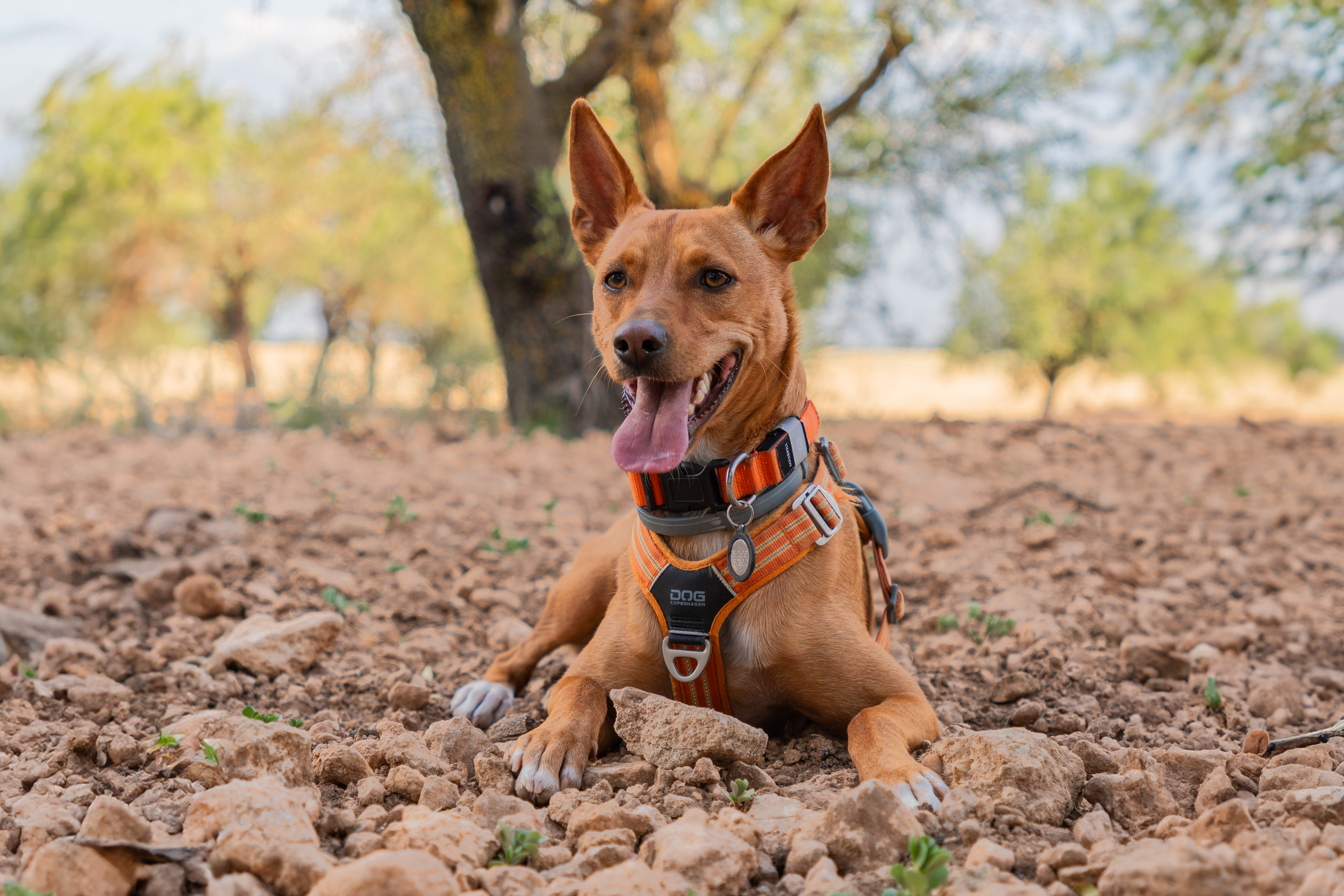
At Maikai, we want to celebrate all Dogmoms on this special day. Their unconditional love, dedication and care
Receive a 10% discount for subscribing.
Receive offers, news and tips for your furry friend.
*On orders over 39€ in Spain.
MAIKAI is a registered trademark by Mili Regdan International S.L.
Payment methods